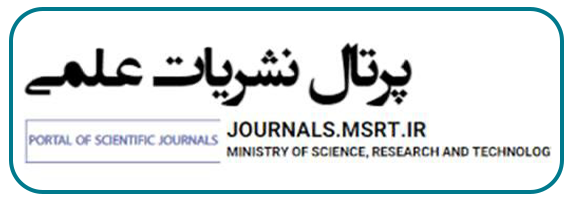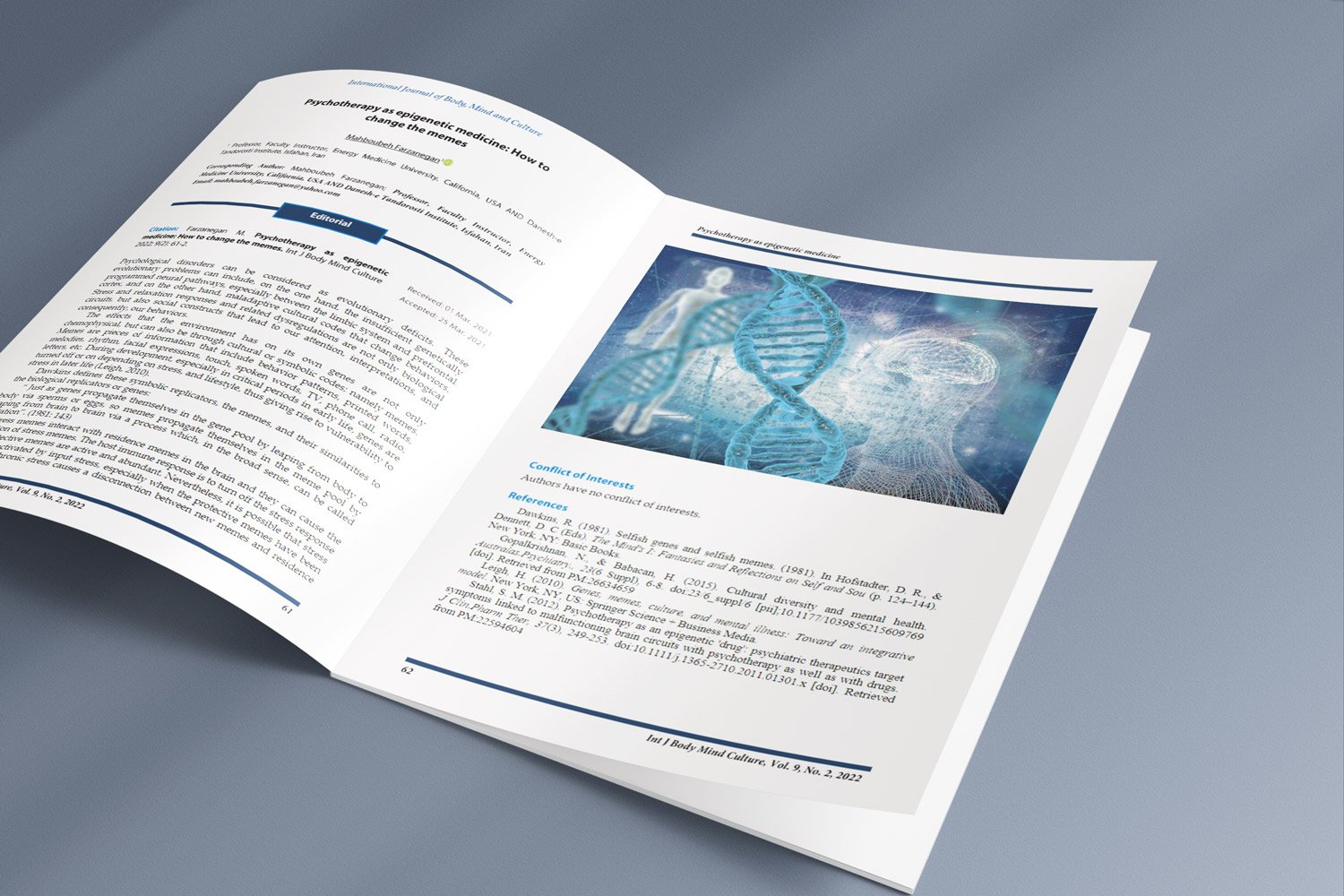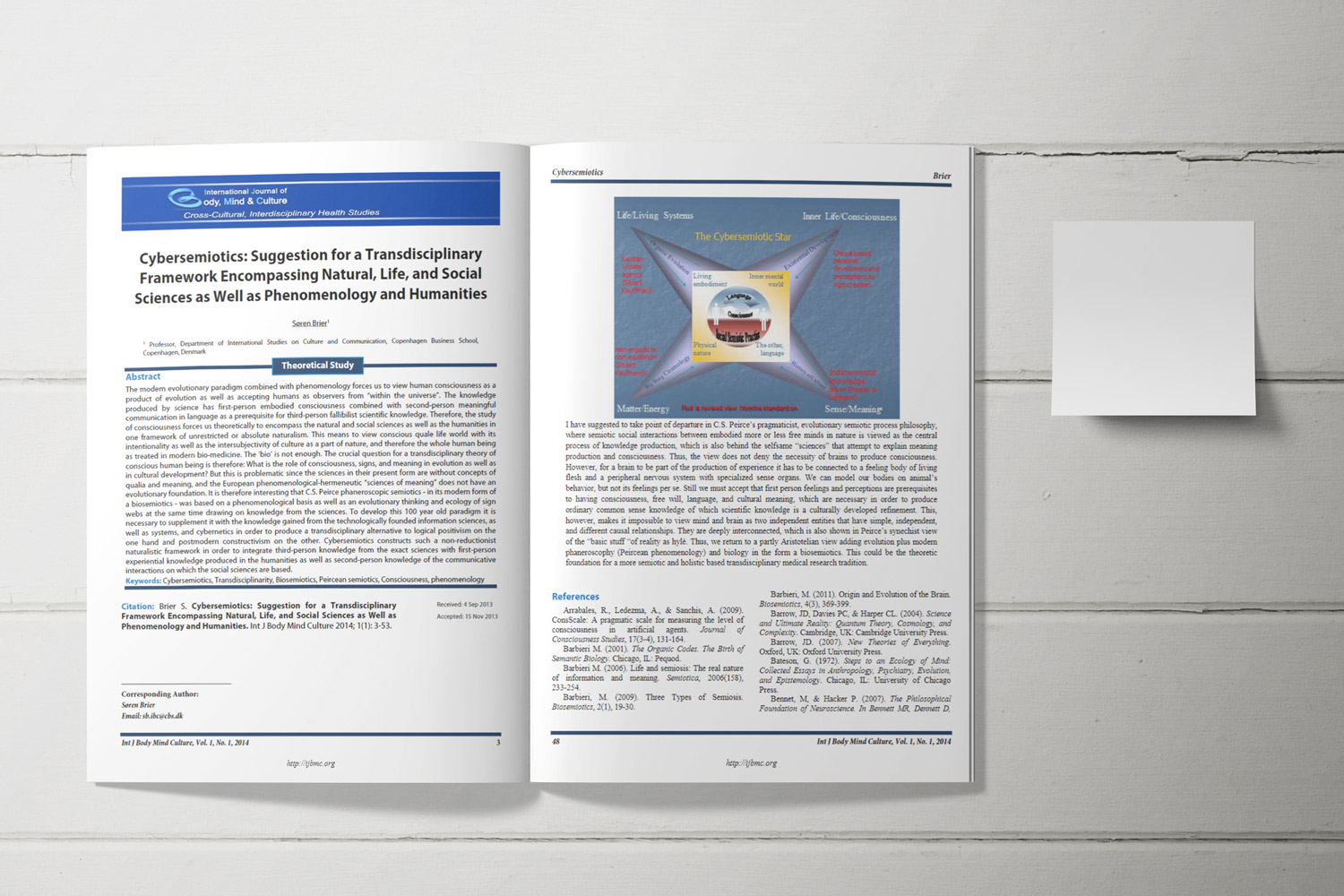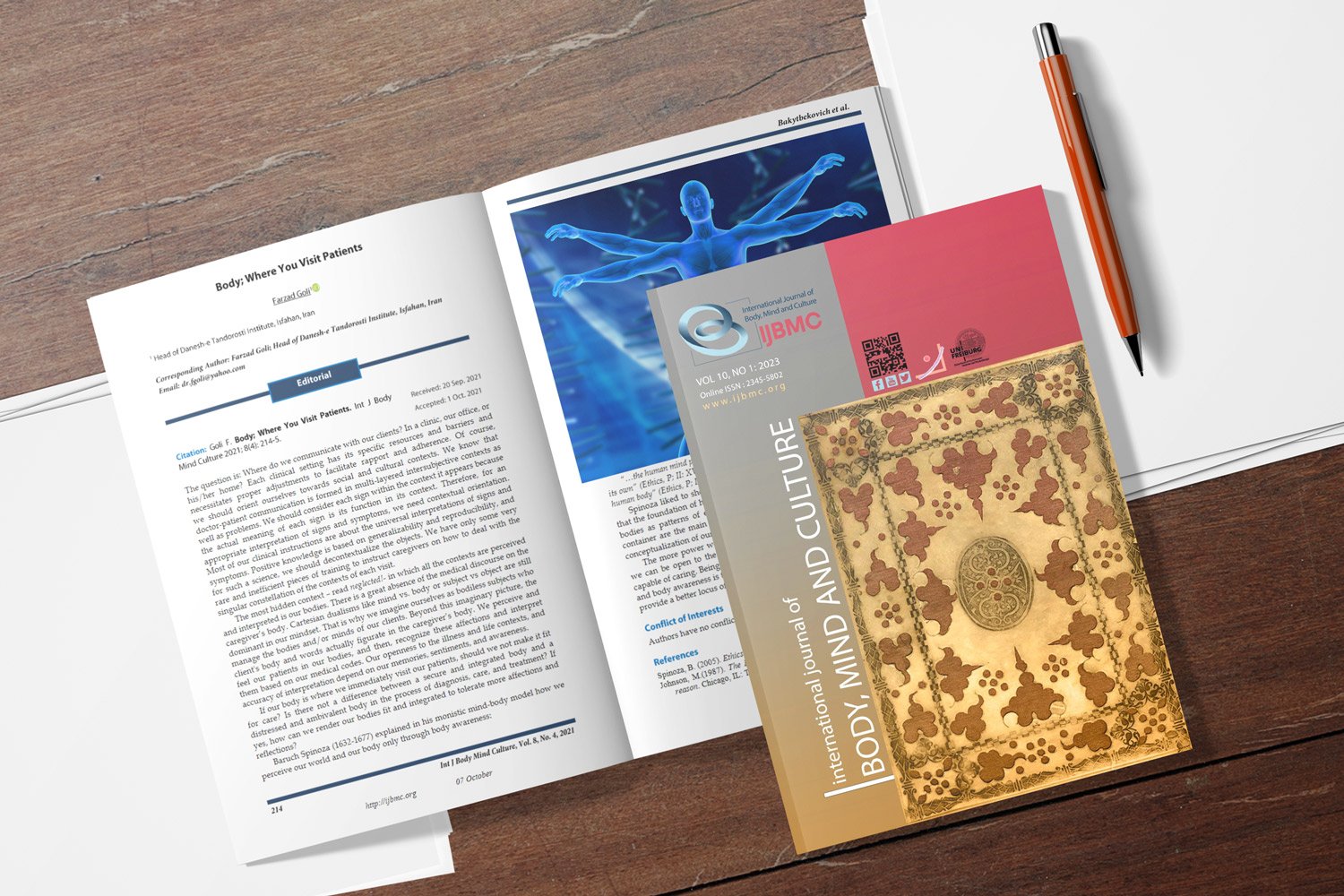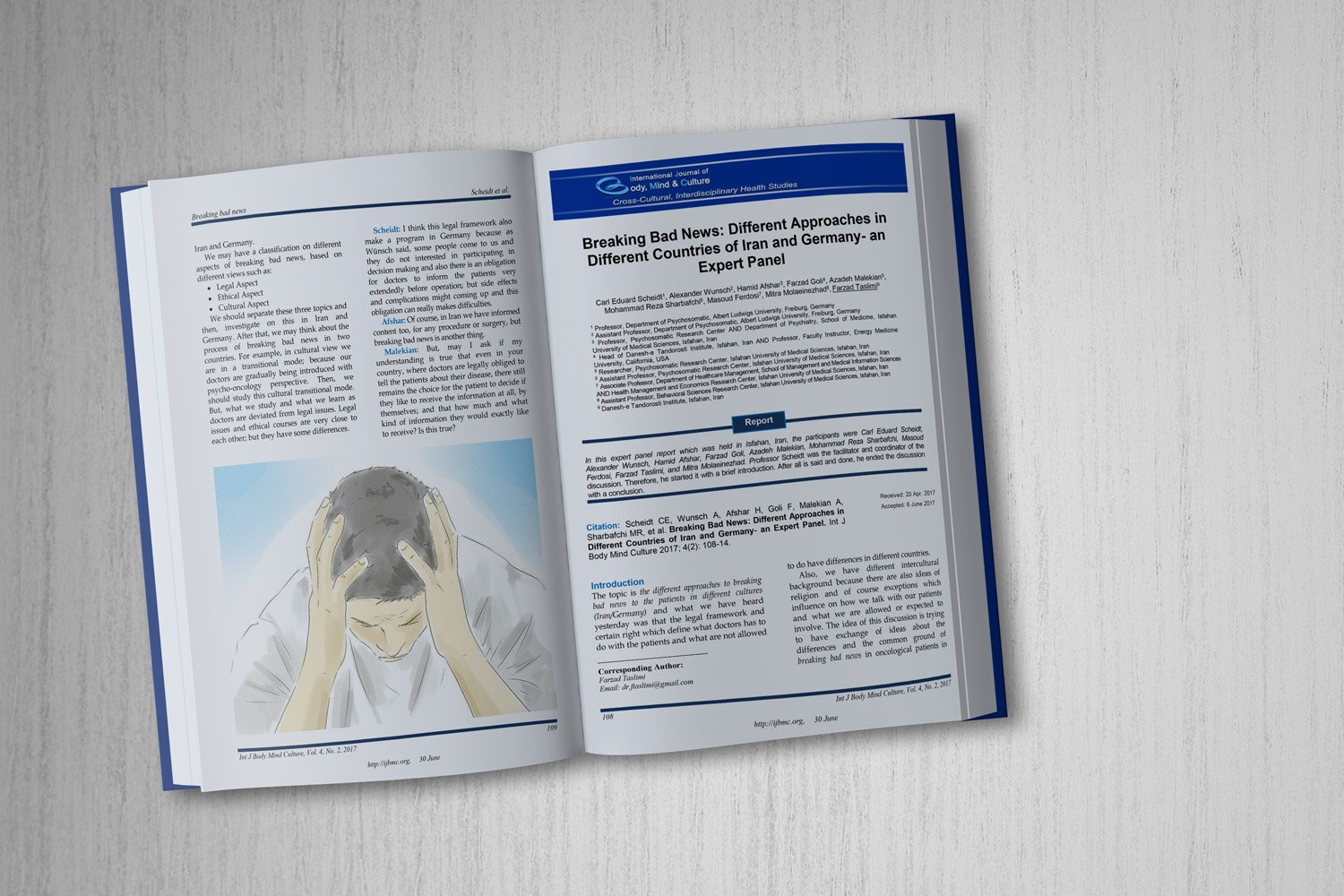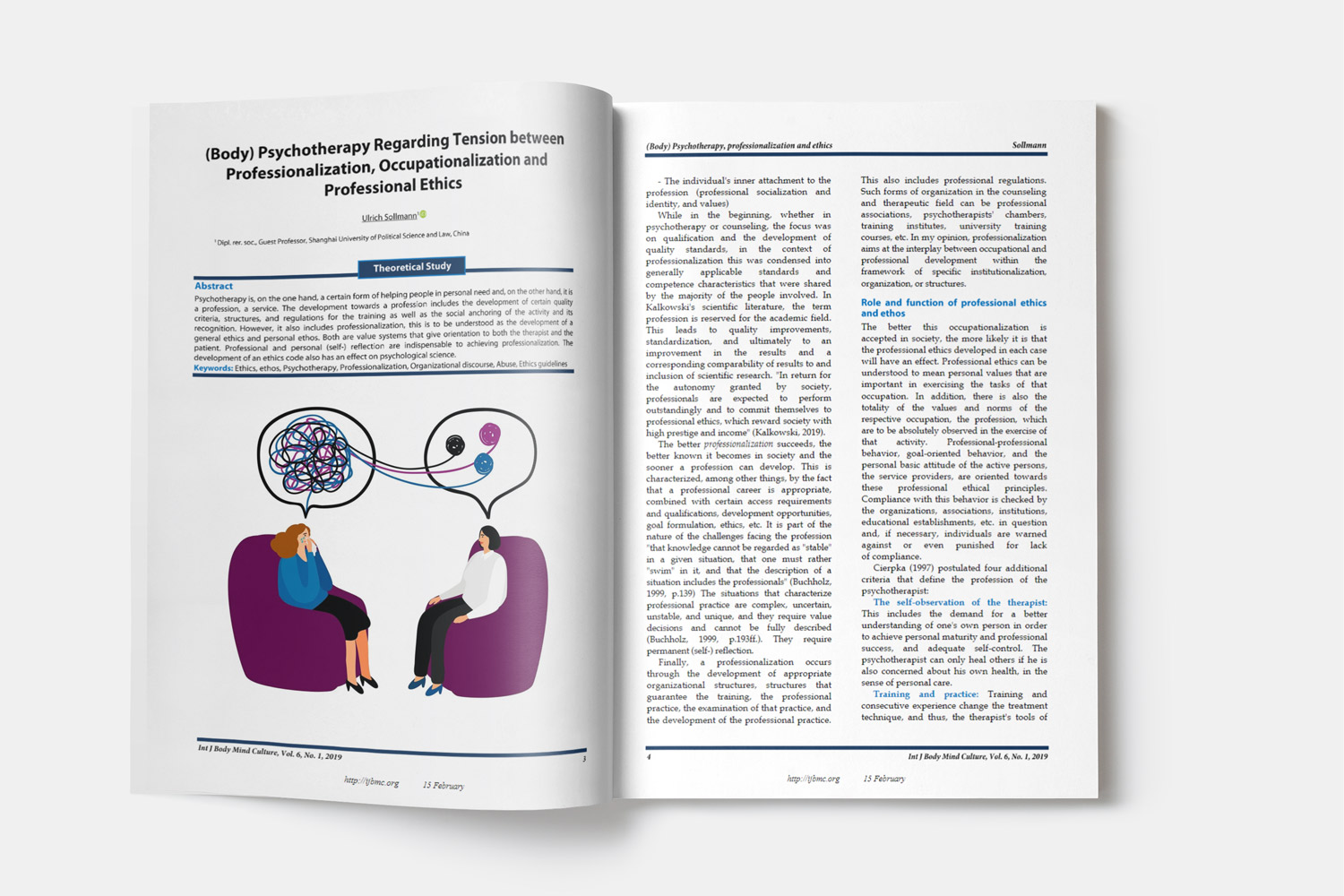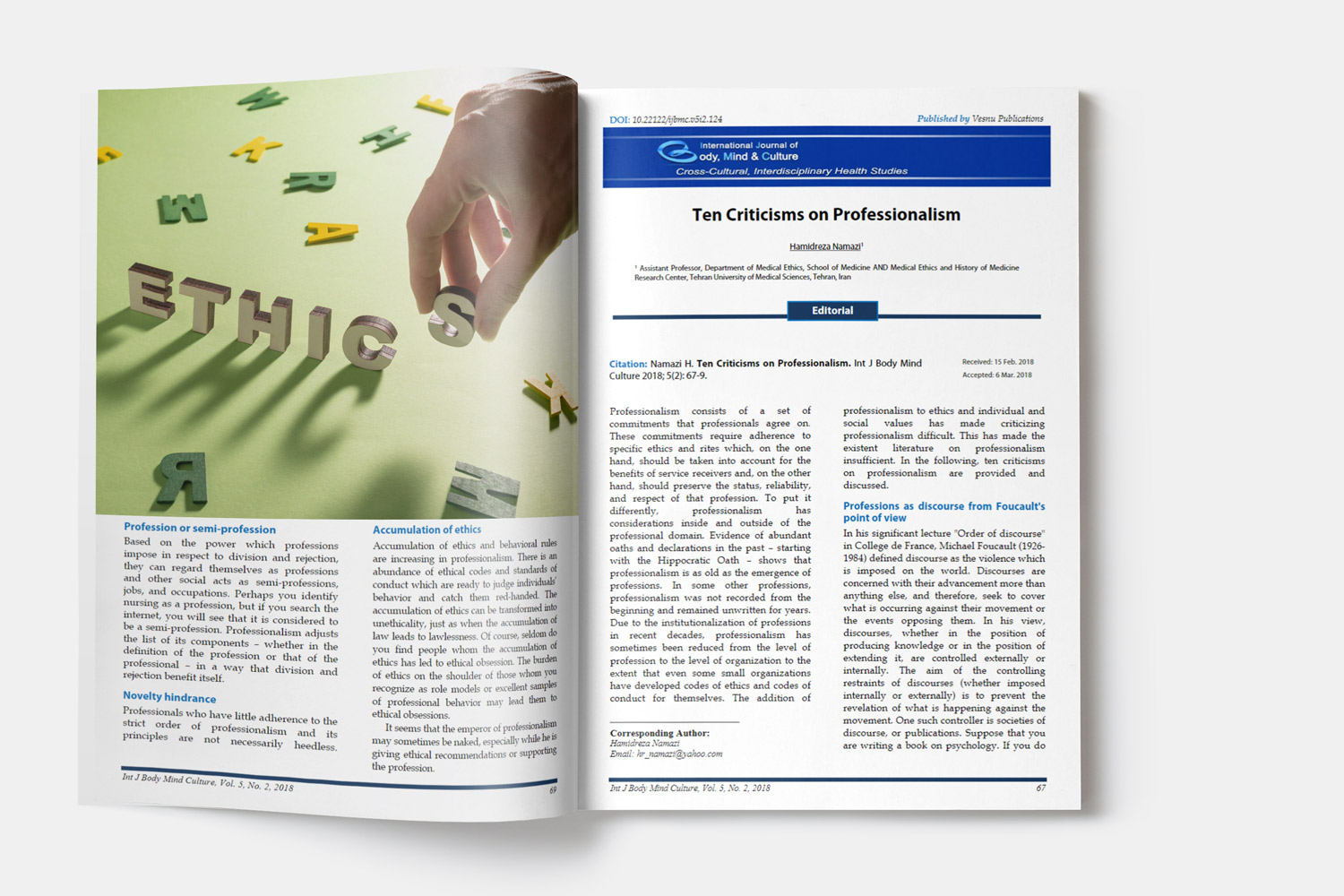Modeling Teacher-Student Relationships: The Role of Teacher Attachment and Self-Efficacy
Downloads
Objective: This study aimed to bridge this gap by examining a causal model of the teacher-student relationship based on teacher attachment styles and self-efficacy. Unlike previous studies that have not specifically examined teacher attachment styles, this research simultaneously investigated both variables, providing a comprehensive model.
Methods and Materials: This study focused on elementary school teachers in Iran, specifically from Tehran, with a randomly selected group of 325 participants. Data on teacher-student interactions, attachment styles, and self-efficacy were gathered through questionnaires. The data was analyzed using Structural Equation Modeling (SEM).
Findings: The results showed that teachers with a secure attachment style had a stronger, more positive relationship with their students. In contrast, those with avoidant or anxious attachment styles had weaker relationships. Additionally, teachers who believed in their own ability (self-efficacy) also had better relationships with students.
Conclusion: These findings highlight the importance of encouraging secure attachment styles in schools.
Downloads
Ainsworth, M. D. S. (1978). The bowlby-ainsworth attachment theory. Behavioral and brain sciences, 1(3), 436-438. https://doi.org/10.1017/S0140525X00075828
Akram, H., & Li, S. (2024). Understanding the role of teacher-student relationships in students' online learning engagement: Mediating role of academic motivation. Perceptual and Motor Skills. https://doi.org/10.1177/00315125241248709
Aksenov, A., Krayushkin, M., & Yarovenko, V. (2021). Synthesis of (2-chloroquinolin-3-yl)-1, 3, thiadiazole-2-carboxamides. Russian Chemical Bulletin, 70(6), 1131. https://doi.org/10.1007/s11172-021-3194-3
Ansari, A., Hofkens, T. L., & Pianta, R. C. (2020). Teacher-student relationships across the first seven years of education and adolescent outcomes. Journal of Applied Developmental Psychology, 71, 101200. https://doi.org/10.1016/j.appdev.2020.101200
Appiah, J. B., Arthur, Y. D., Boateng, F. O., & Akweittey, E. (2023). Teacher-Student Relationship and Students' Mathematics Achievement: Mediating Roles of Students' Perception of Mathematics, Students' Self-Efficacy, and Cooperative Learning Strategies. Online Submission, 3(2). https://doi.org/10.29333/mathsciteacher/13193
Bankston, J. (2020). The Relationship Between Teacher Beliefs, Adult Attachment, & Teacher Sensitivity Louisiana State University and Agricultural & Mechanical College]. https://www.proquest.com/openview/a618483adfc16db4cc434c39aba2a60f/1?cbl=18750&diss=y&pq-origsite=gscholar
Byiringiro, E. (2024). Influence of Teacher-Student Relationship on Student Mathematics Achievement in High School in the USA: Mediating Roles of Students Perceptions of Mathematics. European Journal of Theoretical and Applied Sciences, 2(1), 375-383. https://doi.org/10.59324/ejtas.2024.2(1).32
Dai, P. (2024). The Influence of Teacher-Student Relationship on Students' Learning. Lecture Notes in Education Psychology and Public Media, 40(1), 240-246. https://doi.org/10.54254/2753-7048/40/20240764
Erturk, A., & Zıblım, L. (2020). Is the perception of organizational deviation affected by the organizational climate? Research in schools. Eurasian Journal of Educational Research, 20(85), 1-22. https://doi.org/10.14689/ejer.2020.85.1
Ghazalsaflou, M. (2024). Exploring the Identity Development of Teenagers with Learning Disabilities. Psychological Research in Individuals with Exceptional Needs, 2(1), 13-20. https://doi.org/10.61838/kman.prien.2.1.3
Horner, R. H., & Machalicek, W. (2022). Honoring Uncontrolled Events: Commentary on Slocum et al. Perspectives on Behavior Science, 45(3), 639-645. https://doi.org/10.1007/s40614-022-00345-y
Konishi, C., Hymel, S., Zumbo, B. D., & Li, Z. (2018). Do school bullying and student-teacher relationships matter for academic achievement? A multilevel analysis. Canadian Journal of School Psychology, 25(1), 19-39. https://doi.org/10.1177/0829573509357550
Kurdi, V., & Archambault, I. (2018). Student-teacher relationships and student anxiety: Moderating effects of sex and academic achievement. Canadian Journal of School Psychology, 33(3), 212-226. https://doi.org/10.1177/0829573517707906
Lazarides, R., & Warner, L. M. (2020). Teacher self-efficacy. In Oxford Research Encyclopedia of Education (pp. 1-22). https://doi.org/10.1093/acrefore/9780190264093.013.890
Mansor, A., Darus, A., & Dali, M. (2013). The mediating effect of self-efficacy on self-leadership and teachers' organizational citizenship behavior: A conceptual framework. International Journal of Economics Business and Management Studies, 2(1), 1-11. https://papers.ssrn.com/sol3/papers.cfm?abstract_id=2196801
Martin, A. J., & Collie, R. J. (2019). Teacher-student relationships and students' engagement in high school: Does the number of negative and positive relationships with teachers matter? Journal of Educational Psychology, 111(5), 861. https://doi.org/10.1037/edu0000317
Noble, R. N., Heath, N., Krause, A., & Rogers, M. (2021). Teacher-student relationships and high school drop-out: Applying a working alliance framework. Canadian Journal of School Psychology, 36(3), 221-234. https://doi.org/10.1177/0829573520972558
Sun, H. L., Sun, T., Sha, F. Y., Gu, X. Y., Hou, X. R., Zhu, F. Y., & Fang, P. T. (2022). The influence of teacher-student interaction on the effects of online learning: Based on a serial mediating model. Frontiers in psychology, 13, 779217. https://doi.org/10.3389/fpsyg.2022.779217
Wettstein, A., Ramseier, E., & Scherzinger, M. (2021). Class and subject teachers' self-efficacy and emotional stability and students' perceptions of the teacher-student relationship, classroom management, and classroom disruptions. BMC psychology, 9, 1-12. https://doi.org/10.1186/s40359-021-00606-6
Yang, J., & Seyed Alitabar, S. H. (2024). The Effects of School Size on Student Participation and Sense of Community [Research Article]. Iranian Journal of Educational Sociology, 7(1), 205-211. https://doi.org/10.61838/kman.ijes.7.1.20
Zhang, D., Zheng, H., Zhao, Y., Wang, X., Xiao, Q., Zhao, R., Wang, L., Hu, K., Chen, Z., & Zhou, Y. (2024). Unlocking Academic Achievement of Nursing Master’s Students: Ethical Leadership, Teacher-Student Relationship and Growth Mindset – A Cross-Sectional Survey Study. BMC Medical Education, 24(1). https://doi.org/10.1186/s12909-024-06436-5
Copyright (c) 2025 International Journal of Body, Mind and Culture

This work is licensed under a Creative Commons Attribution-NonCommercial 4.0 International License.






